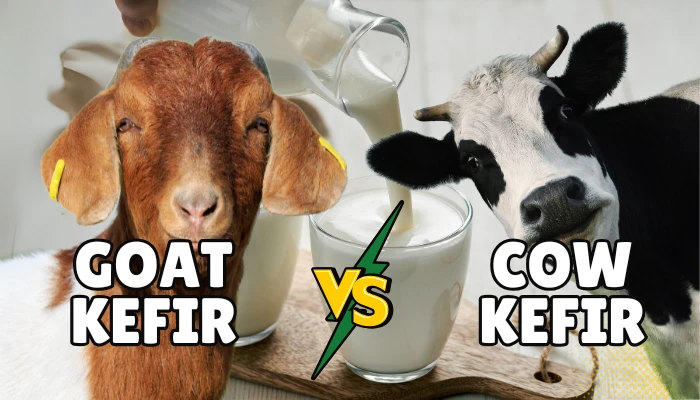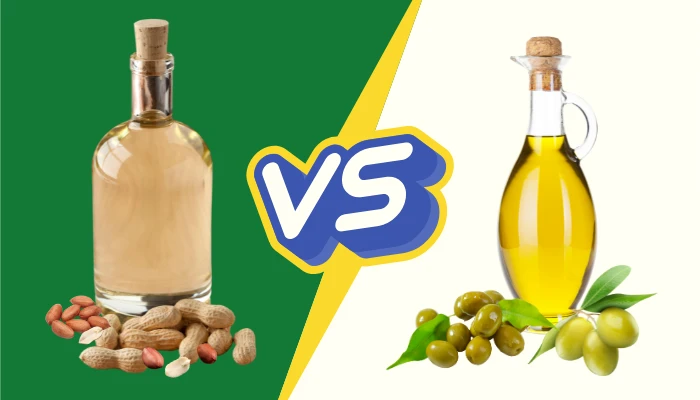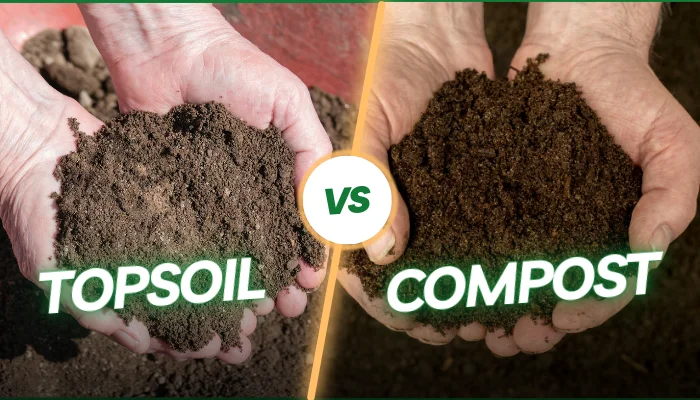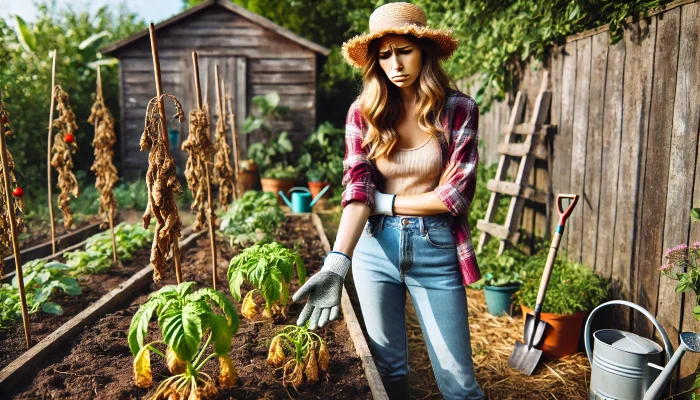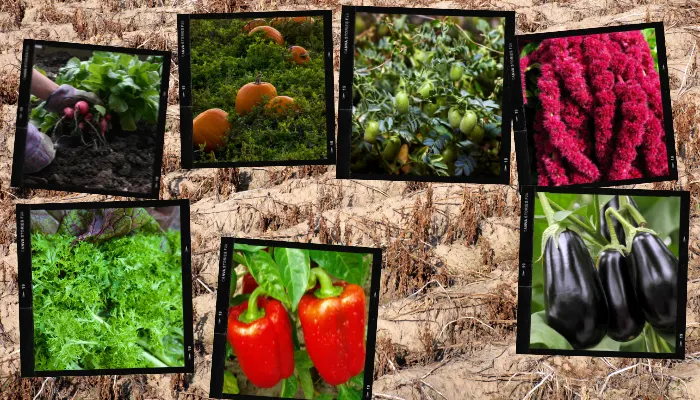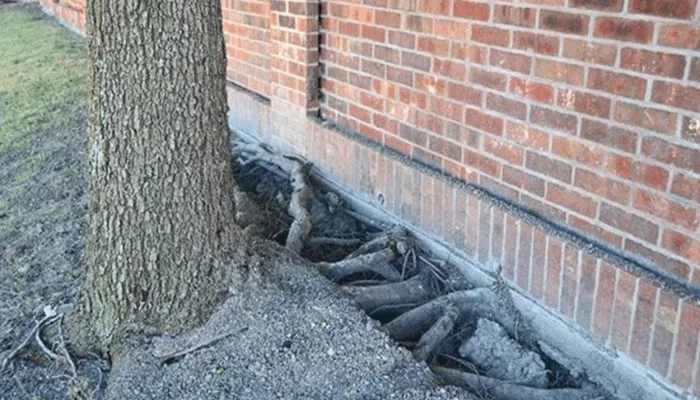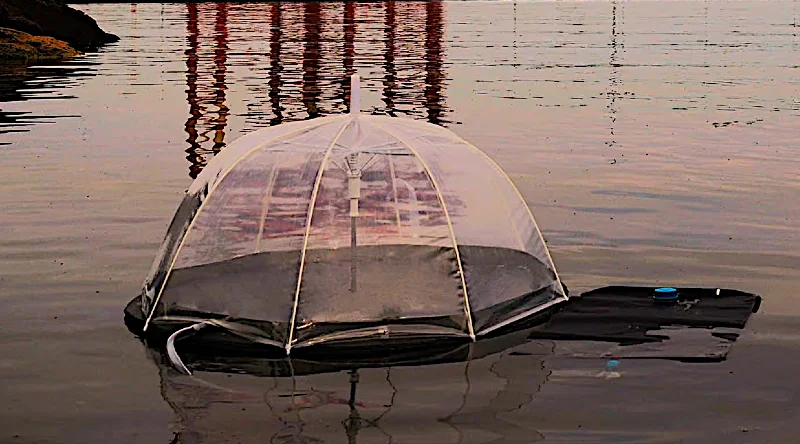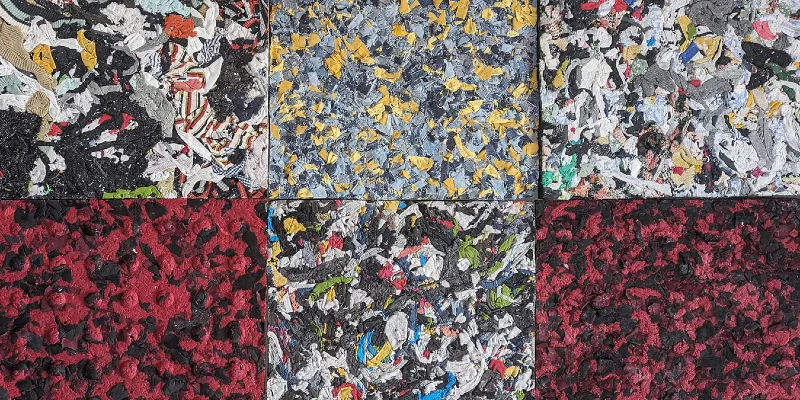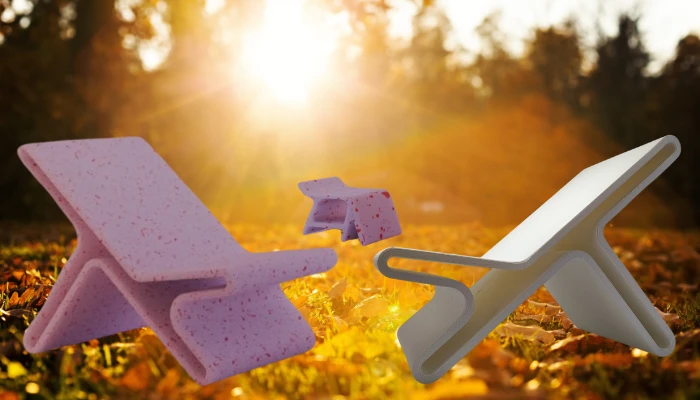So, you want to transform your garden into a lush, vibrant oasis?
Stupid question – who doesn’t! But before you plant those seeds, you need to get down to the basics: topsoil and compost.
Both are a great way to help or compliment native soil based on your soil type.
Each has a role and different uses they’re most suited for, so you’ll want to know the main differences between topsoil and compost to enrich your garden soil and offer the best chance for healthy plant growth.
Getting To Know Topsoil
Sure, no one sits around thinking, ‘Damn, I need to get to know topsoil‘. But bear with me because it’s important.
Topsoil is the top layer of soil, rich in organic matter and small stones. It’s the layer where most of the soil’s nutrients are found, making it essential for plant growth. However, topsoil alone isn’t always enough to ensure your garden reaches its full potential. It often needs a little help from compost to provide all the necessary nutrients.
Topsoil is primarily used for building up soil height, leveling ground, and creating new lawn areas. It’s often sourced from construction sites or agricultural fields, which means it can contain a mix of local dirt, small stones, and sometimes even clay or sand. While it’s nutrient-rich, topsoil can also come with weed seeds, so it’s crucial to be mindful of this when using it in your garden.
Your Other Foundational Option: Compost
Okay, you know topsoil now (and don’t you feel more enriched already?), time to meet your other foundational option.
Compost, on the other hand, is a gardener’s secret weapon. It’s made from decomposed organic materials like food scraps, yard waste, and grass clippings. This process creates a nutrient-rich soil amendment that can dramatically improve soil health and fertility.
Compost is excellent for enhancing soil structure, increasing water retention, and providing slow-release nutrients. It’s particularly helpful for compacted or poor soils because it acts as a natural loosening agent. Compost is also packed with beneficial microbes that boost soil immunity, so your garden will become more resistant to diseases and pests.
When to Use Topsoil
- Leveling Ground: Use bulk topsoil to level low spots and create a stable surface for new lawns or garden beds.
- Building Up Soil Height: Topsoil is perfect for raising the soil surface in garden beds or outdoor spaces.
- Creating New Lawn Areas: Spread a layer of topsoil before laying turf to provide a stable base for grass roots.
- Filling in Holes: Topsoil is ideal for filling in holes or gaps in your garden, ensuring a smooth and even surface.
- General Landscaping: Use topsoil to prepare new areas for planting or other landscaping projects.
When to Use Compost
- Enriching Soil: Add organic compost to existing soil to improve its nutrient content and soil health.
- Planting Beds: Mix compost into flower beds, vegetable gardens, and raised beds to provide a nutrient-rich growing medium.
- Improving Soil Structure: Use compost to loosen compacted soil and enhance water retention and drainage.
- Container Gardening: You can plant directly into pure compost, but it’s best to mix your compost with topsoil in small areas or container plants.
- Soil Health Maintenance: Regularly add compost to garden soil to maintain its fertility and support healthy plant growth.
- Boosting Plant Growth: Compost provides the necessary nutrients for robust plant life and is especially useful in poor soils.
Combining Topsoil & Compost
For the best gardening results, use a combination of topsoil and compost.
Topsoil provides the structure and base layer, while compost adds the essential nutrients and improves soil health. Mix them together to create a well-rounded soil that supports robust plant growth.
For example, when preparing a new garden bed, start with a layer of topsoil to build up the height and structure. Then, add a generous amount of compost to enrich the soil and provide the necessary nutrients.
This happy combo will give your plants the ideal environment to thrive.
The Main Differences: Topsoil vs Compost
Understanding the differences between topsoil and compost is crucial for any gardener. Topsoil is the upper layer of soil and provides the foundational structure, while compost enriches the soil and boosts its fertility. By using both, you can create a healthy, vibrant garden that supports a wide variety of plants.
Both topsoil and compost are rich in organic matter, but they come from different sources. Topsoil contains natural organic materials like leaves and small stones, while compost is made from decomposed yard waste and food scraps. The combination of these organic materials can significantly improve the nutrient content and soil structure of your garden.
Why you may want to add cotton burr to your compost.
Peat moss is another organic material often added to garden soil to improve its quality. It helps with water retention and provides an ideal environment for plant roots. That said, you’ll want to use peat moss sparingly and combine it with compost and topsoil for the best results. This mixture creates a nutrient-rich, well-draining soil perfect for flower beds, vegetable gardens, and new lawns.
A healthy garden starts with healthy soil. Using a mix of topsoil and compost ensures that your plants receive the right nutrients and have a stable soil structure.
This combination supports plant growth and helps your garden thrive. Whether you’re planting a vegetable garden, flower beds, or a new lawn, the right soil mix is crucial for success.
The top layer of soil, or topsoil, can contain weed seeds that can compete with your garden plants. To minimize this, always use high-quality topsoil and mix it with compost. Compost helps suppress weed growth by providing a dense, nutrient-rich layer that outcompetes weeds. This results in healthier plants and less maintenance for your garden.
For the best gardening results, always use a combination of topsoil and compost. This mix provides a balanced soil structure with the right nutrients for plant growth. It’s especially important for new garden beds, raised beds, and container plants. By regularly adding compost to your topsoil, you maintain soil health and ensure your garden remains productive year after year.
One of the key benefits of using compost is its ability to improve water retention and soil structure. Compost creates pockets of air in the soil, which helps with drainage and prevents soil compaction.
This is particularly beneficial for heavy clay soils and sandy soils that struggle with water retention. By improving soil structure, compost ensures that your plants have access to water and nutrients, promoting healthy growth.
Healthy plants start with healthy soil. When laying new turf, use a mix of topsoil and compost to create a stable, nutrient-rich base. The two together promotes strong root growth and ensures your new lawn establishes quickly. Compost provides the necessary nutrients for turf, while topsoil offers the structure and support needed for healthy plant roots.
5 Practical Tips for Using Topsoil and Compost
- New Lawn: Spread a layer of topsoil to level the ground, then add compost to enrich the soil before laying turf.
- Flower Beds: Mix topsoil and compost to create a nutrient-rich bed that supports vibrant flowers.
- Vegetable Garden: Use a combination of topsoil and compost to provide the right nutrients for healthy vegetable growth.
- Container Plants: Plant directly into compost or mix with topsoil to ensure your container plants have the nutrients they need.
- Raised Beds: Fill raised beds with a mix of topsoil and compost to create an ideal growing environment.
How To Layer Compost For Faster Results
FAQ
Q: Can topsoil be used on its own for planting?
A: Yes, but it’s best to mix topsoil with compost for the best results. Premium topsoil provides a stable base, while compost adds essential nutrients.
Q: What type of soil is best for a new garden bed?
A: A mix of topsoil and organic compost is ideal. This combination ensures a well-rounded soil option that supports healthy plant growth.
Q: How often should I add compost to my garden?
A: Add compost at least once a year to maintain soil health. Regularly adding compost improves soil structure and nutrient content over the long run.
Q: Can compost help with poor soil?
A: Absolutely. Compost is a natural fertilizer that improves the quality of poor soil by adding nutrients and enhancing soil structure.
Q: Is there a specific type of compost I should use?
A: High-quality compost made from a mixture of natural materials is best. Choose compost based on the specific uses and needs of your garden plants.
Q: Can I use compost for large plots of land?
A: Yes, compost can be used in large quantities to improve soil health and fertility across extensive gardening projects.
Q: What are the benefits of using topsoil in gardening?
A: Topsoil provides a stable base for plants, helps level ground, and supports new lawns. It’s essential for creating a quality growing medium.
Q: How do I improve water retention in my soil?
A: Adding compost improves water retention by creating pockets of air in the soil. This is especially beneficial for sandy soil and other types of soils that struggle with water retention.
Q: Is it necessary to use both topsoil and compost?
A: Using both topsoil and compost provides the best results. Topsoil offers structure, while compost adds nutrients and improves soil health.
Conclusion
In the battle of topsoil vs compost, both play essential roles in creating a healthy garden and neither should be ignored.
Topsoil provides the foundational structure and support, while compost enriches the soil with vital nutrients and improves its overall health.
Each offer unique, and exclusive, benefits so using them together, you’ll create a thriving garden that supports a wide variety of plants.
Whether you’re a novice gardener or an experienced green thumb, the right mix of topsoil and compost is the key to gardening success.


